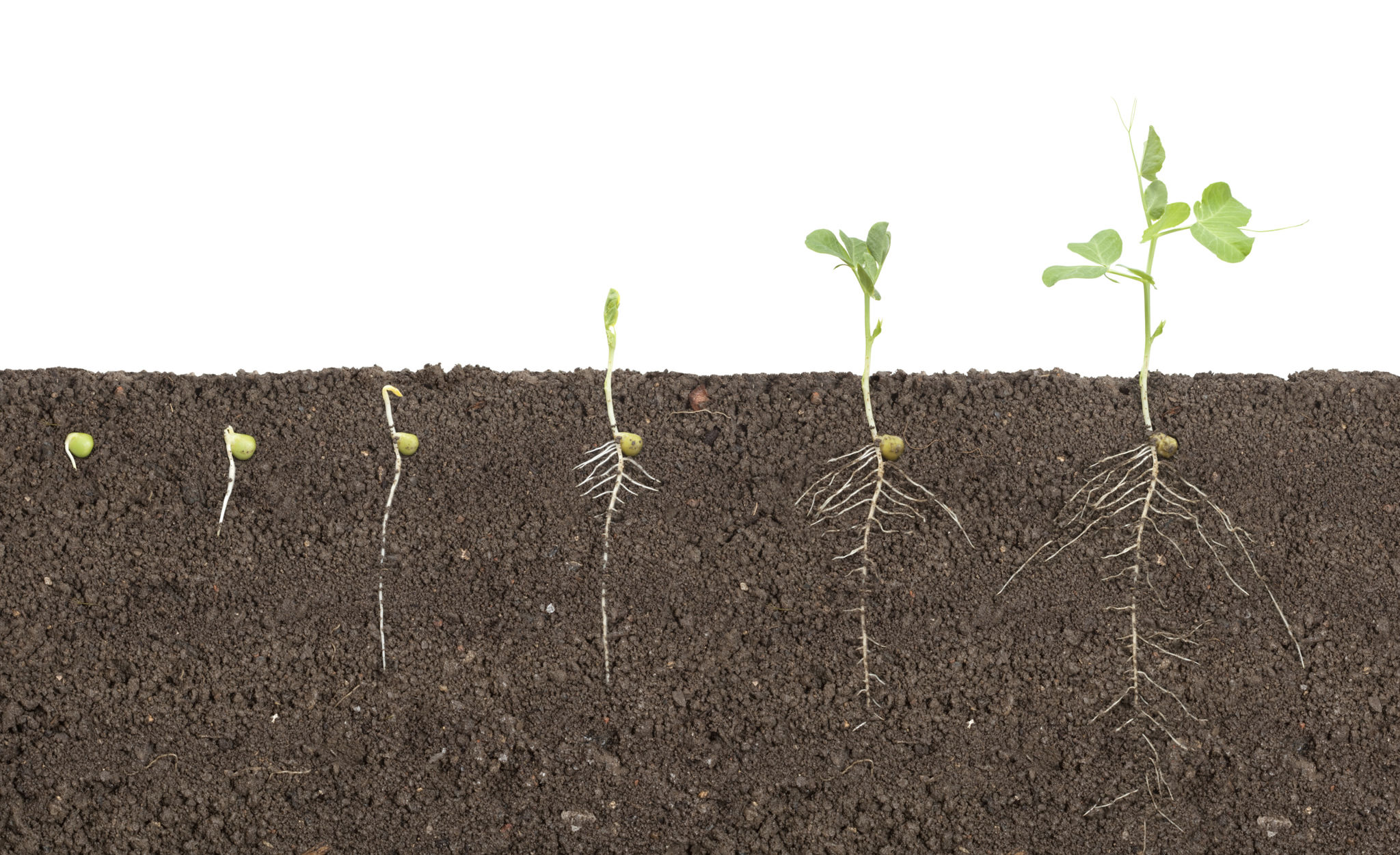Comparing DAP vs. TSP Fertilizers: Which is Right for Your Crops?
Understanding DAP and TSP Fertilizers
When it comes to fertilizing crops, the choice of fertilizer can significantly impact crop yield and health. Two popular options are DAP (Diammonium Phosphate) and TSP (Triple Superphosphate) fertilizers. Understanding the differences between these two can help farmers make an informed decision.
DAP is a widely used phosphorus fertilizer that also provides a source of nitrogen. It is known for its ability to release nutrients slowly, ensuring a steady supply for plants. On the other hand, TSP is primarily a phosphorus-based fertilizer with a high concentration of phosphorus, making it suitable for situations where nitrogen is not a primary concern.

Composition and Nutrient Content
The nutrient composition of fertilizers is a crucial factor in determining their effectiveness. DAP contains approximately 18% nitrogen and 46% phosphorus pentoxide (P2O5). This combination makes it ideal for initial plant growth stages where both nitrogen and phosphorus are needed.
In contrast, TSP is composed of about 46% phosphorus pentoxide (P2O5) but lacks nitrogen content. This makes TSP an excellent choice for crops that require a high phosphorus input without the need for additional nitrogen.
Benefits of Using DAP Fertilizer
DAP fertilizer provides several advantages for crop production. The inclusion of nitrogen in DAP promotes lush, green growth and can enhance the overall vigor of plants. Additionally, its slow-release properties help reduce nutrient loss through leaching, making it an efficient option for long-term nutrient supply.

Another key benefit of DAP is its versatility. It can be applied to a wide range of crops, including cereals, fruits, and vegetables, making it a popular choice among farmers seeking a balanced nutrient source.
Advantages of TSP Fertilizer
TSP fertilizer, with its high phosphorus content, is particularly beneficial for root development and flowering stages of plant growth. It is often favored in soils that inherently lack phosphorus or where phosphorus fixation is a concern.
Moreover, TSP is known for its solubility, ensuring that phosphorus is readily available to plants. This characteristic makes it an excellent option for band application during planting, promoting strong root establishment.

Deciding Which Fertilizer to Use
The choice between DAP and TSP largely depends on specific crop needs and soil conditions. Consider the following when making your decision:
- Crop type: Some crops may require higher nitrogen levels, making DAP more suitable, while others may benefit from the phosphorus concentration in TSP.
- Soil analysis: Conducting a soil test can help determine existing nutrient levels and guide the choice of fertilizer.
- Growth stage: DAP may be more beneficial during early growth stages, while TSP can support flowering and fruiting stages.
Conclusion
Both DAP and TSP fertilizers have their unique benefits and applications in agriculture. By considering the specific needs of your crops and soil conditions, you can choose the right fertilizer to optimize growth and yield. Whether you prioritize nitrogen or phosphorus, understanding these fertilizers' characteristics will aid in achieving a successful harvest.
